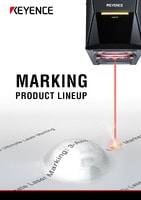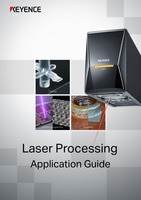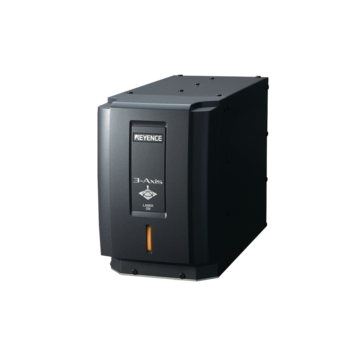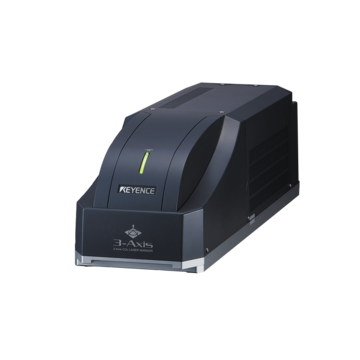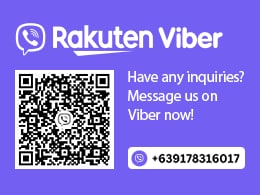Industrial Laser Marking Systems / Laser Markers
What is Laser Ablation?
-
Tags:
- Laser Ablation , Laser Cleaning , Laser Rust Removal
In these modern times, manufacturers are always looking for the next best technology that’s efficient and green. And laser technology is an efficient and environmentally friendly tool that spans industries, materials, and processes.
For instance, industrial laser ablation is a popular laser technology process used for marking and many types of surface removal. It uses a short pulse laser with high power to vaporise a surface while keeping the rest of the properties intact. In this blog, we’ll discuss what laser ablation is, the different laser ablation types, and the best use cases for laser ablation.
Uses of Industrial Laser Ablation
Surface Removal
Using industrial laser ablation for surface removal is a popular technique for getting rid of unwanted surface layers. Industrial laser ablation removes rust, paint, oxidation, resin, or other contaminants. Removing these surface layers includes benefits such as:
- Decreasing friction
- Removing corrosion
- Preventing corrosion
- Revealing underlayer paint
- Revealing underlayer lights
- Inspections
- Updating surface layers
We’re here to provide you with more details.
Reach out today!

Laser Ablation Types
Within the laser ablation uses, laser ablation users implement a few types of processes to help meet their overall needs and goals.
Laser Texturing
Laser texturing is a laser ablative process that adds a wood grain, leather, or matte texture to the surface area of a part. It uses ablation’s short pulse and powerful beam to make the energy of the surface higher than the binding area. Once it reaches this point, the target area is vaporised and leaves a texture.
Texturing increases lifespan, aesthetics, friction, or adhesive/conductive properties. Industrial laser ablation texturing produces different results based on the surface's absorption rate, characteristics, defects, microstructure, and type of machine.
Using industrial laser ablation for texturing doesn’t apply any forceful contact or chemicals onto the surface, so there is no chance of damage to the component. Laser texturing is used on metal, plastic, ceramics, biological molecules, cells, and host tissues.
Texturing is popular among industries such as:
Laser Rust Removal
Rust is a corrosion layer that appears after frequent oxygen and water exposure. Not only does it signify corrosion, but it also ruins a surface colour, decreases magnetic attraction, weakens structures, and adds unwanted friction.
Iron and steel are two metals that frequently gather rust on their surface layer. Using laser rust removal is popular in industries such as:
- Automotive
- Aerospace
- Defense / Military
- Medical
- Semiconductor / Electronic
Industrial laser ablation users can vaporise a surface layer (the rust) without affecting the internal makeup or surface of the part/component. This property is necessary on fragile components, like stainless steel power cables, that will break if any heat or chemicals go beyond the rusted surface.
The small beam spot of the laser allows it to precisely target the rust without adding effects to any other part of the surface. KEYENCE’s lasers include 3-Axis control targeting rust removal on curved edges and corners.
Laser Oxidation Removal
Oxidation is a chemical reaction between aluminium (or iron/steel) and oxygen which produces an off-white colour or general discolouration. The appearance of oxidation signifies the beginning of aluminium corrosion, which means removal is necessary to prevent further disintegration. Using industrial laser ablation to get rid of oxidation from aluminium is another one of the laser ablation types.
Removing oxidation with laser ablation has similar benefits as rust removal. The ablation process can vaporise only the oxidation without heating, adding force, or adding chemicals to the surface area. Therefore, components stay intact without extra waste when the oxide is ablated.
Industrial laser ablation is used to remove oxidation because it can target hard-to-reach areas and doesn’t require hazardous waste like other oxidation removal options.
Laser Paint Removal
Paint removal is a necessity in many industries for purposes including revealing bottom layers for designs, inspections, and general part maintenance. The aerospace industry requires paint removal every five years for branding changes, paint updates, and general inspection.
Industries that frequently use paint removal are:
- Automotive
- Aerospace
- Agriculture
- Construction
- Manufacturing
Laser ablation users opt for laser paint removal because of its efficient, cost-effective, and environmentally friendly qualities. Unlike competing methods, industrial laser ablation doesn’t require hazardous waste or extra materials for removing paint (compared to sandblasting or chemical stripping).
Further, industrial laser ablation is also utilised because it is an automated process that eliminates paint in seconds.
Laser Coating Removal
Laser coating removal (also known as laser cleaning) is the industrial laser ablation process of removing a coating or deburring to analyse a defective mould or maintenance of a product.
Industrial laser ablation is popular in the semiconductor industry because of its effectiveness, sensitivity, and beam size. Ablation can deburr resin or copper and remove coatings like gold platings or thin film. Because of the small beam size and no contact process, deburring or removing coatings by ablation causes no damage to the semiconductor, even though it is a fragile product.
Removing coating is effective for analysing defective moulds. Alternative methods for coating removal introduce a greater risk of damaging the component and typically involve additional consumable costs.
Curious about our pricing?
Click here to find out more.

Adding Laser Ablation to Your Toolbox
Laser ablation is a versatile process that achieves your marking, cleaning, and texturing goals in seconds. The best part? It only requires one machine. KEYENCE’s laser marking machines are used for every type of laser ablation method, and you only need to get one of them.
Ask KEYENCE for more information about each laser's industry and material specialties, and our knowledgeable team will get back to you shortly.
Curious about our pricing?
Click here to find out more.


